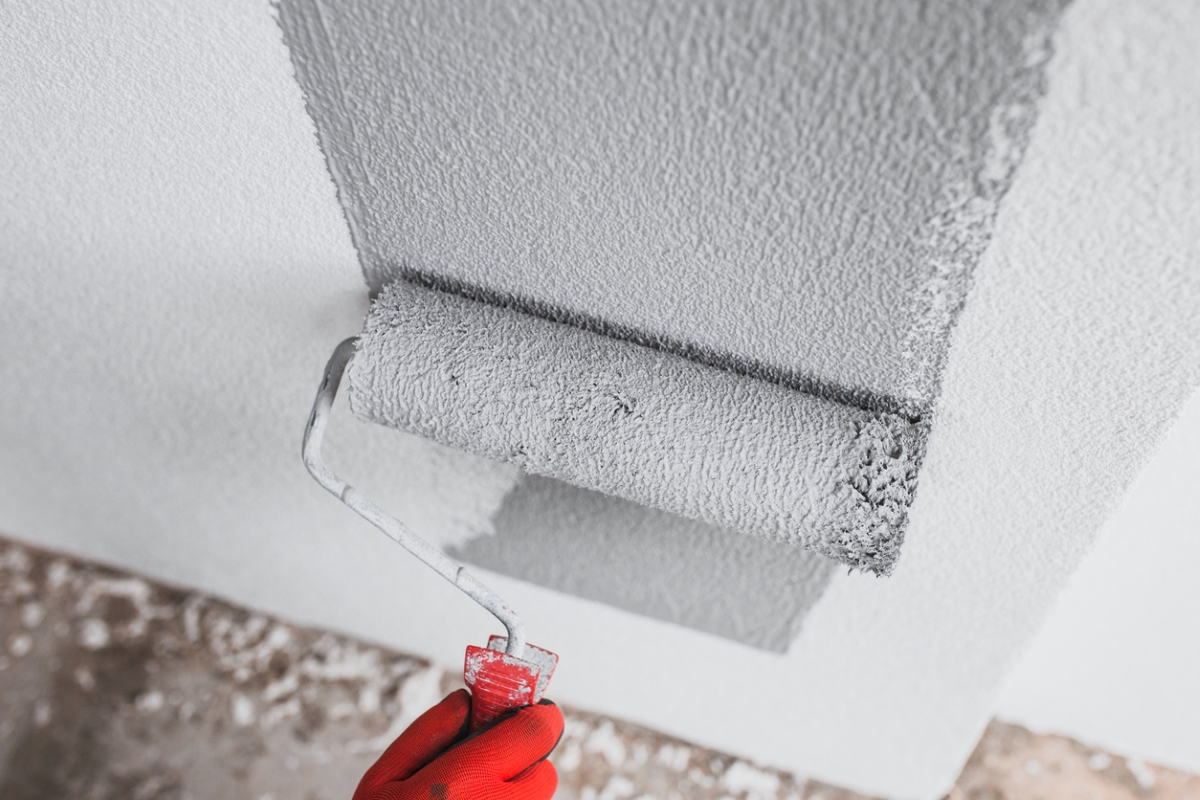We may earn revenue from the products available on this page and participate in affiliate programs. Learn More ›
Is it really worth the effort and expense to prime before you paint? Absolutely. A primer preps the painting surface and seals any stains so that the paint adheres well, and you’ll get the smoothest, cleanest finish possible. In situations like these, however, neglecting primer can ruin the outcome of your project.
1. You’re painting latex-based paint over oil-based paint.
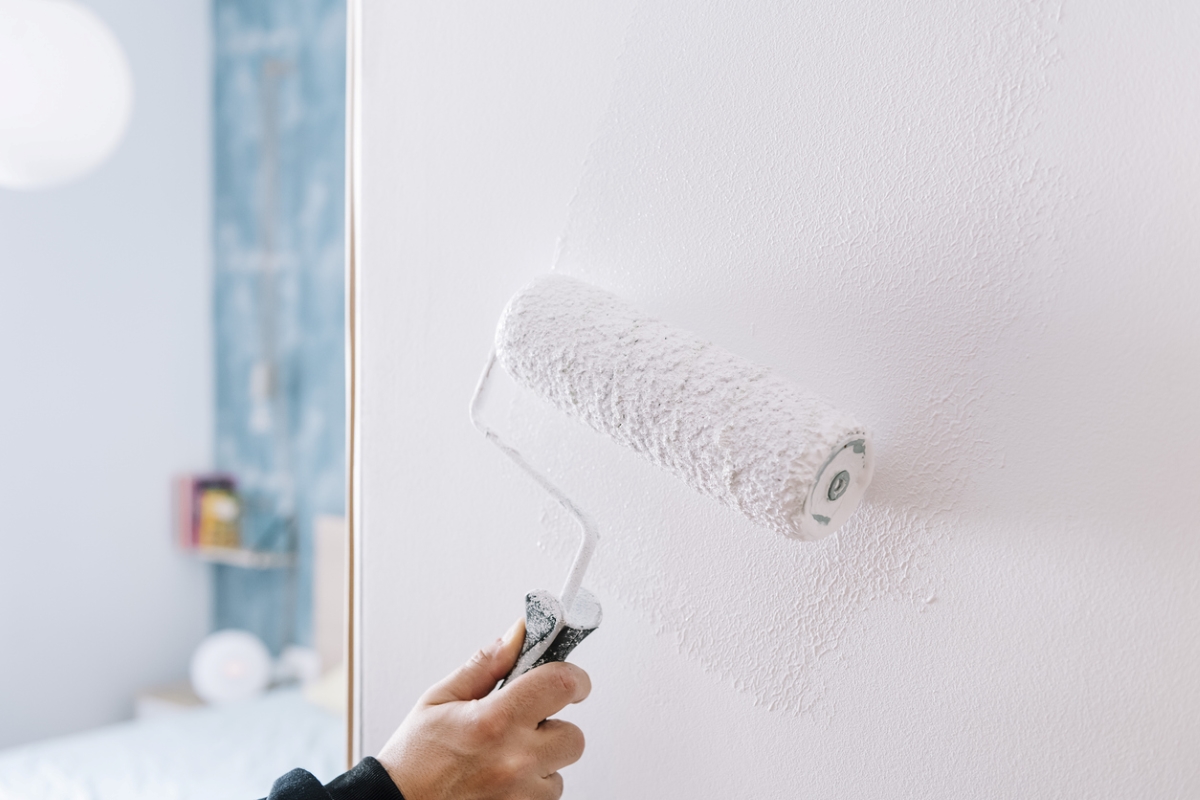
You know the saying that oil and water don’t mix? Well, the adage holds true for paint. Latex paint, which is water-based, won’t adhere well to a wall that’s already been covered in oil-based paint, unless you prime first.
RELATED: Buyer’s Guide: The Best Paint Primers We Tested This Year
2. You’re painting over a skim coat.
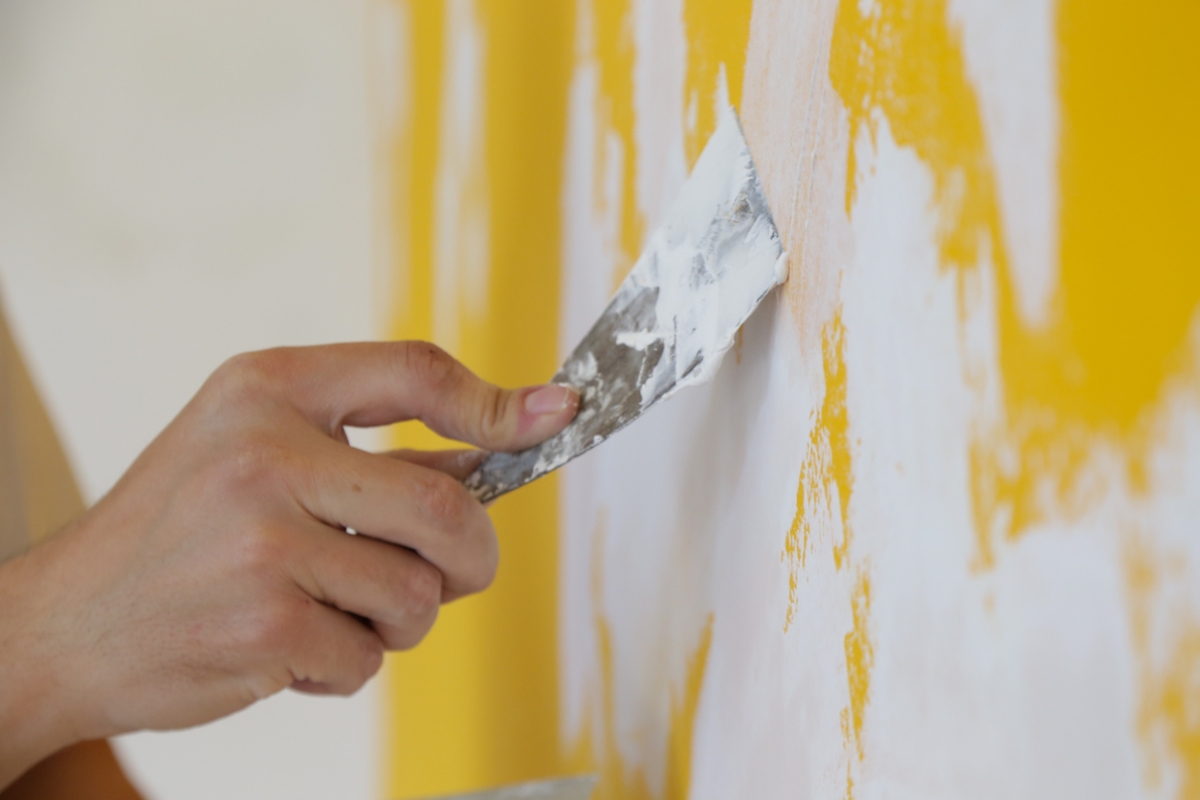
A skim coat is a thin layer of plaster or drywall compound that’s applied to smooth out the surface of a wall. This material is porous, which means it soaks up a lot of paint. To reduce the amount of paint required to cover the wall evenly, you should always prime a skim coated surface before applying color to the wall.
RELATED: How to Mud Drywall
3. You’re painting over unfinished wood.
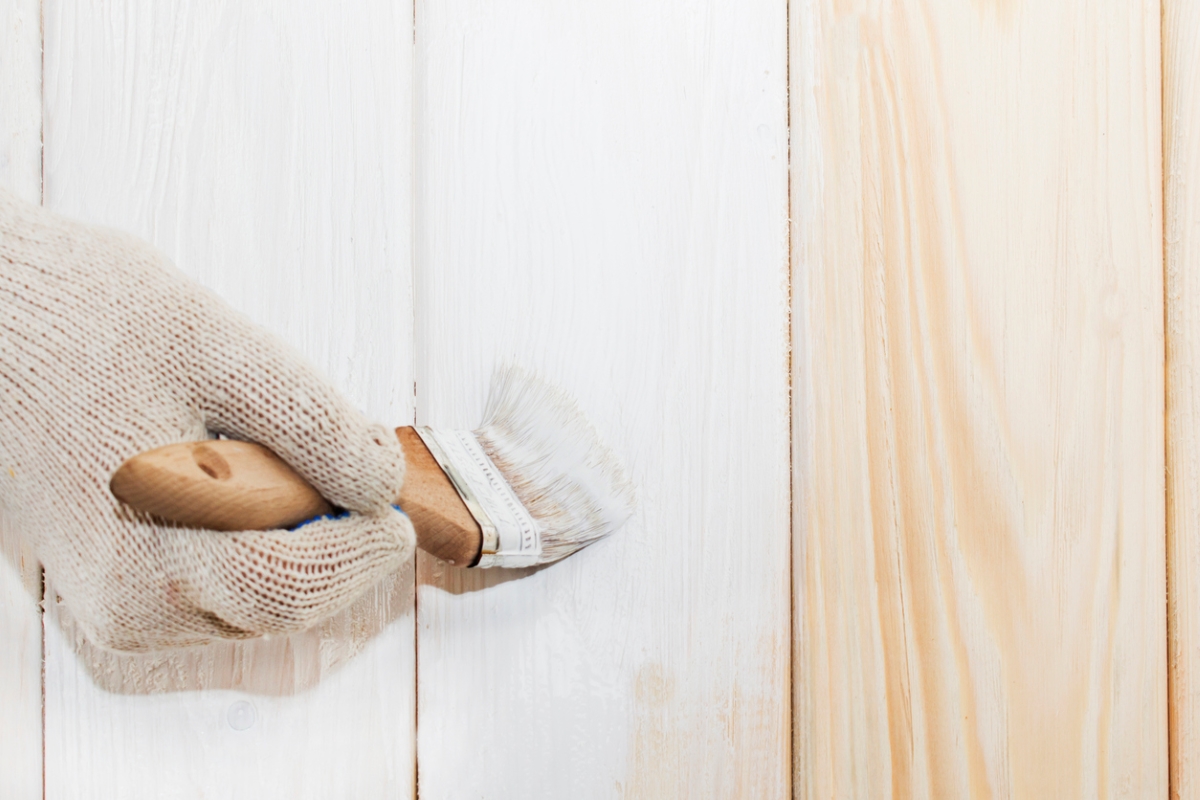
Bare wood is among the trickiest materials to paint. The natural fibers in the wood absorb a lot of paint, and variations in the wood grain can create an uneven finish. So, for the best results, always prime before you paint unfinished wood.
RELATED: Solved! How Long Does Primer Take to Dry?
4. You’re painting over a darker color.
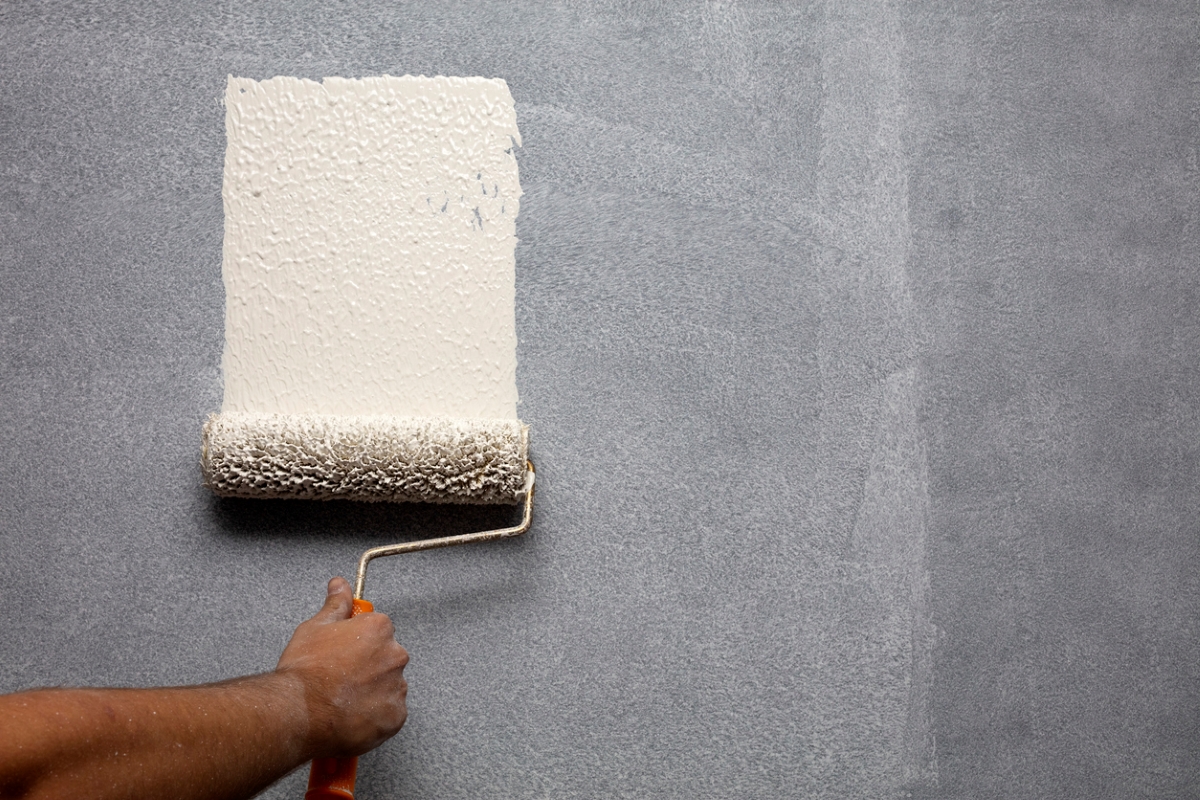
Dark interior paint colors are having a moment, but when the time comes that you’re ready to update your walls with a lighter hue, you’ll want to lay a coat of primer first. Painting a light color over a dark color typically requires multiple coats of paint to keep the old color from showing through the new shade. You can cut down on your work (and your costs) by priming the wall before you paint.
RELATED: 10 Things to Know Before Painting Your Walls a Dark Color
5. You’re painting over wallpaper.
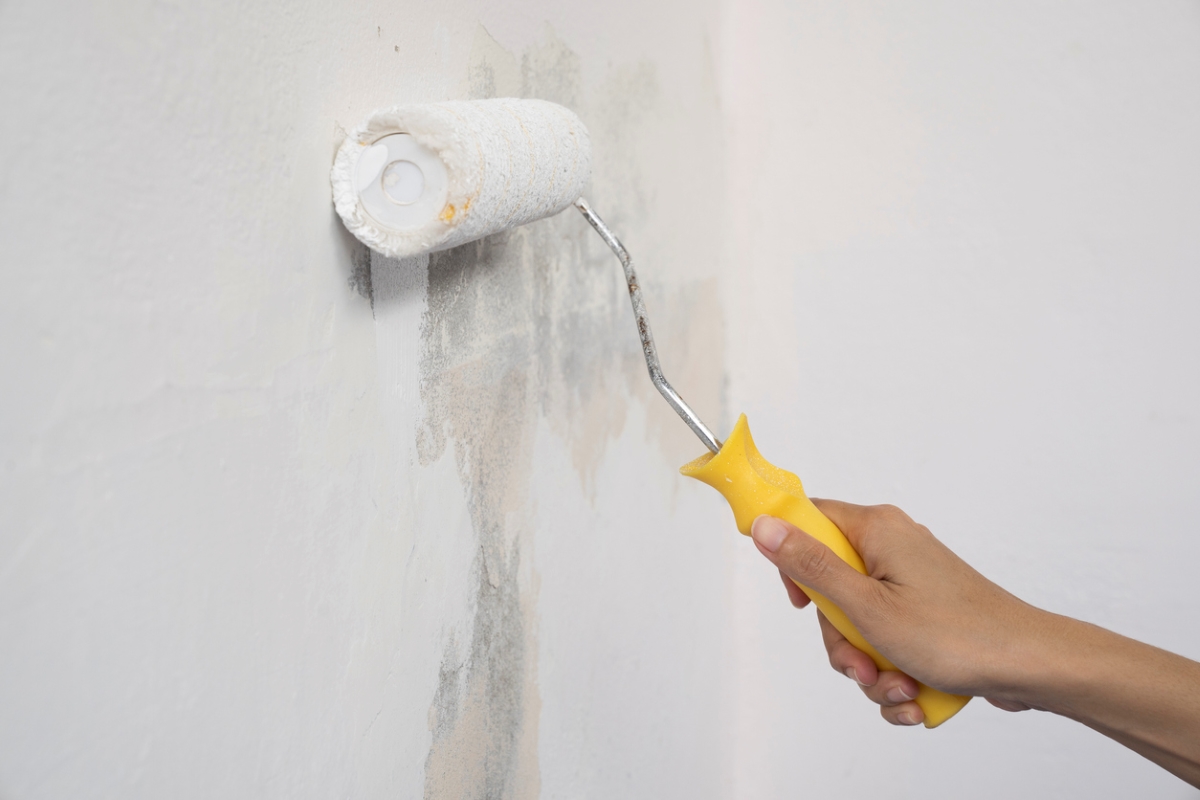
Yes—in fact, you can paint over wallpaper. But you shouldn’t attempt it without priming first. On the other hand, if you’ve already removed the wallpaper, you need to prime the wall to correct any nicks or flaws sustained in the wallpaper removal process, in order to achieve the smoothest final finish possible.
RELATED: This Is How Many Coats of Primer You Need for the Perfect Paint Job
6. You’re painting brand new drywall.
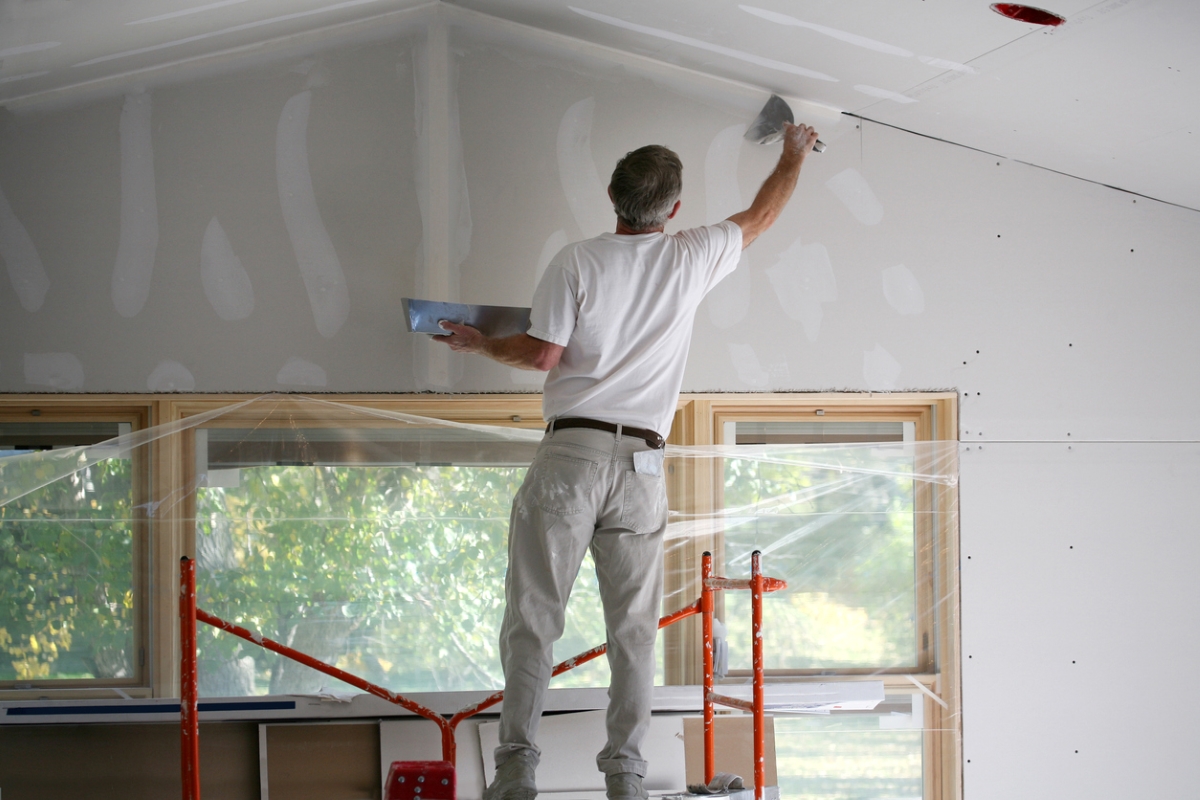
Fresh drywall soaks up paint like a sponge, and the mudded joints take paint differently than the bare drywall between the joints. Translation: Without a coat of primer, you’re looking at a splotchy paint job. Applying primer prior to painting drywall will give your finished wall an even, clean look.
RELATED: Buyer’s Guide: The Best Primer for Drywall
7. You’re painting masonry.
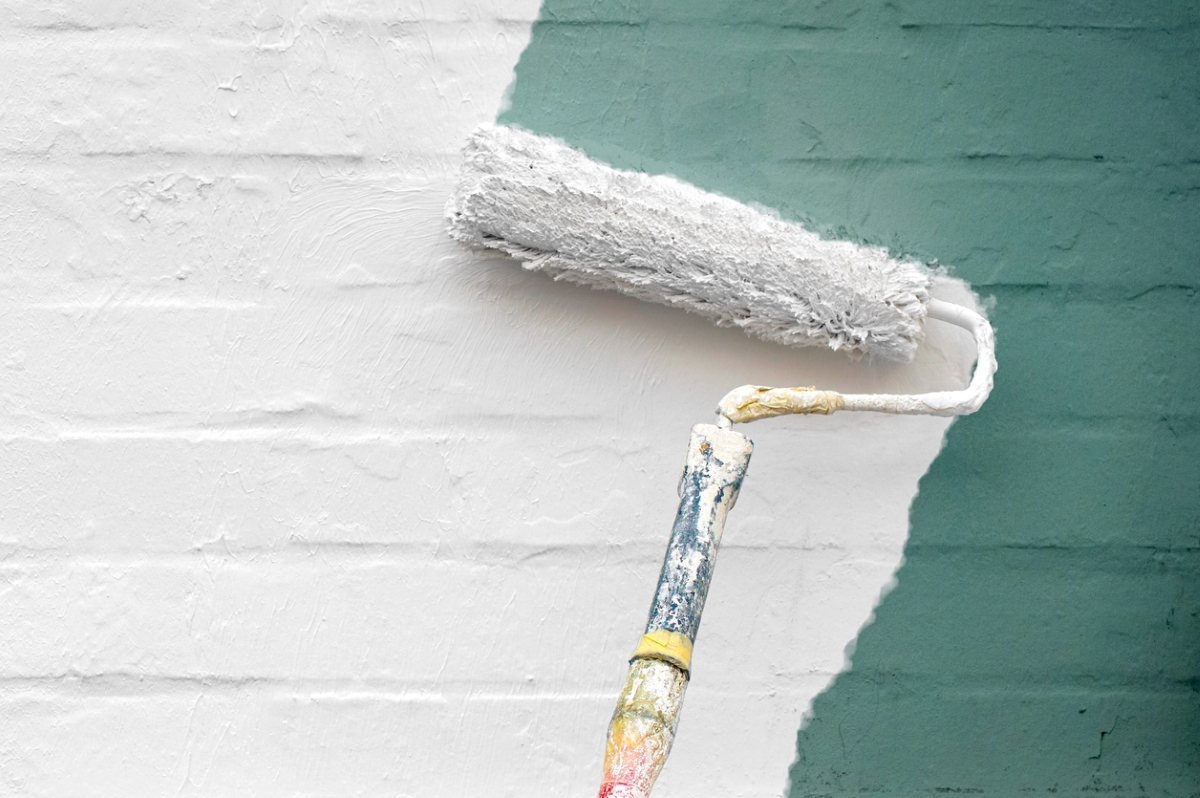
Masonry and brick are very porous surfaces and soak up lots of paint. On top of that, masonry surfaces have a high pH, which makes it difficult for paint to adhere. So, it’s best to prime masonry or brick prior to painting it.
RELATED: How to Paint Masonry Walls
8. You’re painting a surface that’s stained.

If the wall you’re painting has had water damage or is stained in other ways, you need to prime before painting. You may even need to use a stain killer primer to ensure unsightly spots don’t bleed through your paint job.
